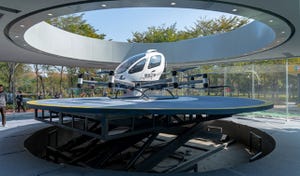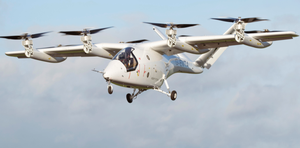
By 2026, 30% of enterprises are expected to have automated more than half of their network activities, an increase from under 10% in mid-2023, according to a new study by Gartner.
Hyperautomation, which involves using multiple technologies and tools including AI, machine learning and robotic process automation, also continues to be a priority for 90% of large enterprises, but fewer than 20% have mastered measuring their initiatives, the researchers found.
Gartner found that infrastructure and operations leaders are increasingly turning to AI-based analytics and augmented decision making, including intelligent automation (IA).
IA is an emerging technology for infrastructure and operations. It involves applying AI techniques, including generative AI, to automate decision making and execute actions for infrastructure and operations initiatives.
The reason enterprises are looking to deploy IA is to improve operational resilience and responsiveness, to address complexity and to autonomously process increasingly large amounts of data. The report also noted that the addition of generative AI capabilities has increased demand in the market for IA platforms.
Gartner said the technology is increasingly being used to empower business agility and drive more advanced infrastructure and operations services, expecting to reach mainstream adoption in the next five to 10 years.
“Technology providers that offer best-of-breed tools for AI for IT operations (AIOps), application performance monitoring and generative AI will influence IA,” said Chris Saunderson, senior director analyst at Gartner.
“AIOps and stand-alone automation technology providers may expand their offerings to IA, through acquisitions or organic development,” he said.
Hyperautomation has seen a resurgence in interest and demand since the fervor of generative AI that emerged in 2022, the company added. This is driven, it said, by the mandate for operational excellence across processes and functions to support resilience.
“Hyperautomation initiatives are often an integral part of a larger technology roadmap that includes systems of record on one end of the spectrum, and AI and generative AI on the other,” said Frances Karamouzis, distinguished vice president analyst at Gartner.
About the Author
You May Also Like


.png?width=700&auto=webp&quality=80&disable=upscale)





